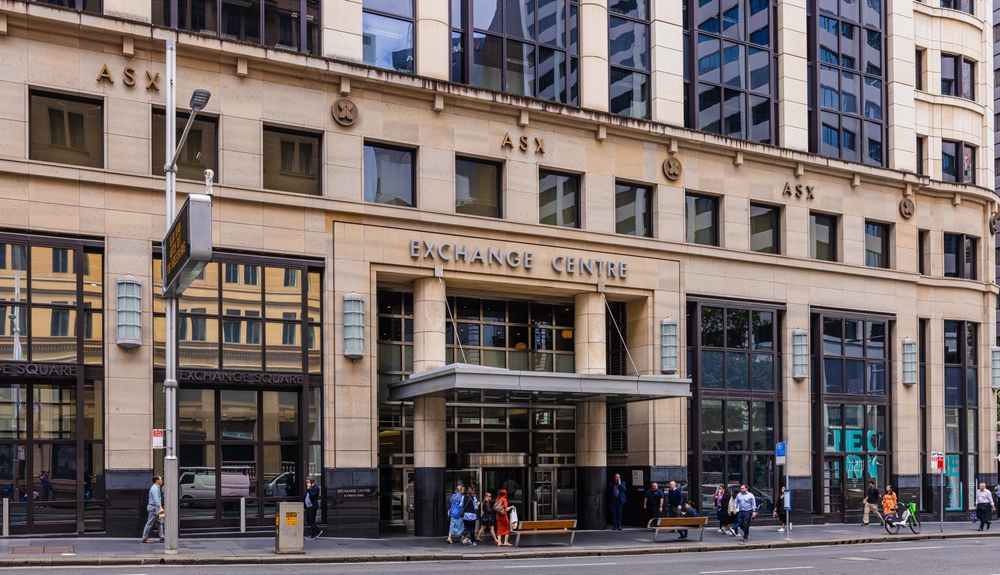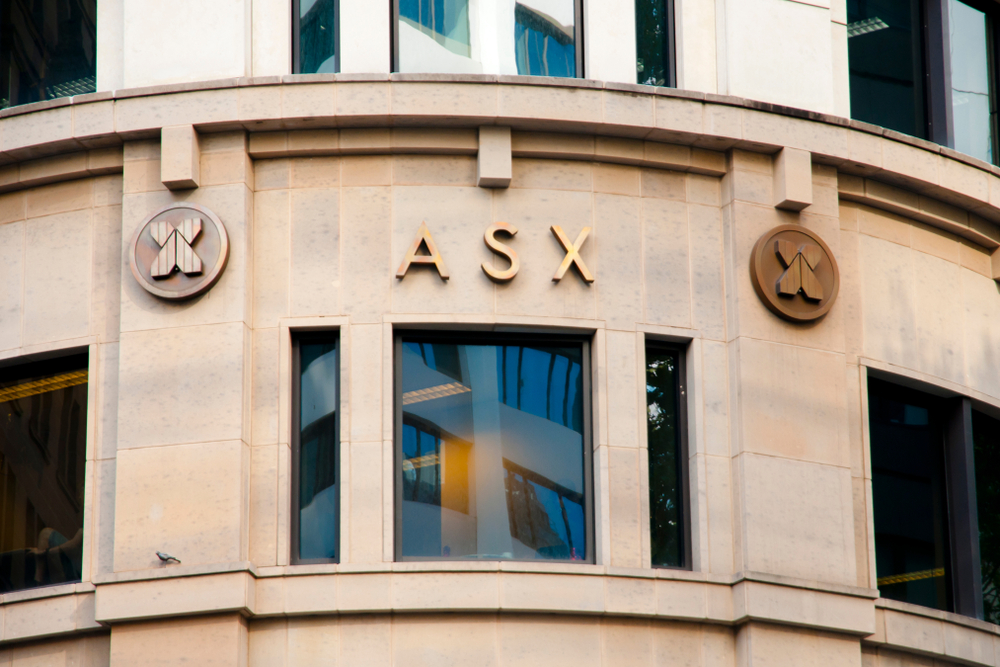Best-Performing Super Funds Over 10 Years Revealed
The top-performing balanced super fund in Australia has delivered average annual returns of almost 9% over the past decade, according to research. Consumer comparison company Finder has published a list of the top-performing super funds over the 10 years to 30 June 2023, with Hostplus revealed as the No. 1 investment for returns.
Chant West provided the data, canvassing only balanced investment options among super funds. Balanced investment options are popular because they typically spread an investor’s superannuation monies across several asset classes, including shares, infrastructure, property, bonds and cash.
Here are the 5 top-performing super funds over the past decade
Hostplus Balanced (average 8.9% p.a.)
Hostplus’s balanced portfolio invests primarily in high growth assets with high stock diversification, according to the website. The minimum investment timeframe is more than five years and the target return is inflation (CPI) plus 4% p.a. over 20 years. The total investment fee is estimated at 0.98% p.a.
AustralianSuper Balanced (average 8.6% p.a)
This super fund invests in a wide range of assets, including shares, private equity, infrastructure, property, fixed interest, credit and cash, according to the website. The minimum investment timeframe is 10 years and the target return is CPI plus a minimum 4% p.a. over the medium to long term. In an example of fees on a $50,000 portfolio, the fee totalled 0.76% p.a.
Australian Retirement Trust (average 8.4% p.a.)
This fund has adopted the investment strategy of the Sunsuper Balanced investment option, according to the website. It invests in a wide variety of asset classes with a large allocation to Australian and international shares. The minimum investment timeframe is five years and the target return is CPI plus 3.5% p.a. over 10 years. The total investment fee is estimated at 0.8% p.a.
UniSuper Balanced (average 8.4% p.a.)
UniSuper balanced invests in a diversified portfolio of mainly higher-risk assets such as Australian and international shares, property, infrastructure and private equity, with some fixed interest and cash investments, according to the website. The minimum investment timeframe is 10 years and the target return is CPI plus 3% p.a. over 10 years. The total investment fee is estimated at 0.51% p.a.
Cbus Growth (MySuper) (average 8.3% p.a.)
The Cbus MySuper fund invests in growth assets including Australian shares and global shares, private equity, infrastructure, property, global credit, fixed interest and cash. The target return is CPI plus 3.5% p.a. over 10 years. The total investment fee is estimated at 0.5% p.a.
Source: Chant West, average annual returns among balanced super funds, 10 years to 30 June 2023
If we compare these funds’ performance to other assets owned by Australian investors, we find that over this same 10-year period, the median house price across Australia’s combined capital cities rose by about 70%. In other words, your home’s value grew by an average of 7% per year, according to CoreLogic data. If you owned an investment property during this time period, then rental returns would be added on top.
Compared to shares, the top super funds above outperformed the ASX 200. Using a popular index-based exchange-traded fund (ETF) as our yardstick, we see that the iShares Core S&P/ASX 200 ETF (ASX: IOZ) has delivered an average annual return of 7.5% (combined capital growth and dividends) since inception in 2010.
If you want to switch super funds, Finder provides the following advice and a four-step process.
Step 1: Choose a new super fund
Look for a combination of low annual fees, high long-term returns (10 year performance) and an investment strategy you understand and agree with.
Step 2: Join the new super fund
Download and complete the new membership form from the fund’s website.
Step 3: Transfer your existing super
Download and complete a second form to transfer your existing super to the new fund.
Step 4: Tell your employer
Download and complete a third form from your new fund’s website called the ‘employee super choice form’ or similar.
This stylish family home combines a classic palette and finishes with a flexible floorplan
Just 55 minutes from Sydney, make this your creative getaway located in the majestic Hawkesbury region.
Continued stagflation and cost of living pressures are causing couples to think twice about starting a family, new data has revealed, with long term impacts expected
Australia is in the midst of a ‘baby recession’ with preliminary estimates showing the number of births in 2023 fell by more than four percent to the lowest level since 2006, according to KPMG. The consultancy firm says this reflects the impact of cost-of-living pressures on the feasibility of younger Australians starting a family.
KPMG estimates that 289,100 babies were born in 2023. This compares to 300,684 babies in 2022 and 309,996 in 2021, according to the Australian Bureau of Statistics (ABS). KPMG urban economist Terry Rawnsley said weak economic growth often leads to a reduced number of births. In 2023, ABS data shows gross domestic product (GDP) fell to 1.5 percent. Despite the population growing by 2.5 percent in 2023, GDP on a per capita basis went into negative territory, down one percent over the 12 months.
“Birth rates provide insight into long-term population growth as well as the current confidence of Australian families,” said Mr Rawnsley. “We haven’t seen such a sharp drop in births in Australia since the period of economic stagflation in the 1970s, which coincided with the initial widespread adoption of the contraceptive pill.”
Mr Rawnsley said many Australian couples delayed starting a family while the pandemic played out in 2020. The number of births fell from 305,832 in 2019 to 294,369 in 2020. Then in 2021, strong employment and vast amounts of stimulus money, along with high household savings due to lockdowns, gave couples better financial means to have a baby. This led to a rebound in births.
However, the re-opening of the global economy in 2022 led to soaring inflation. By the start of 2023, the Australian consumer price index (CPI) had risen to its highest level since 1990 at 7.8 percent per annum. By that stage, the Reserve Bank had already commenced an aggressive rate-hiking strategy to fight inflation and had raised the cash rate every month between May and December 2022.
Five more rate hikes during 2023 put further pressure on couples with mortgages and put the brakes on family formation. “This combination of the pandemic and rapid economic changes explains the spike and subsequent sharp decline in birth rates we have observed over the past four years,” Mr Rawnsley said.
The impact of high costs of living on couples’ decision to have a baby is highlighted in births data for the capital cities. KPMG estimates there were 60,860 births in Sydney in 2023, down 8.6 percent from 2019. There were 56,270 births in Melbourne, down 7.3 percent. In Perth, there were 25,020 births, down 6 percent, while in Brisbane there were 30,250 births, down 4.3 percent. Canberra was the only capital city where there was no fall in the number of births in 2023 compared to 2019.
“CPI growth in Canberra has been slightly subdued compared to that in other major cities, and the economic outlook has remained strong,” Mr Rawnsley said. “This means families have not been hurting as much as those in other capital cities, and in turn, we’ve seen a stabilisation of births in the ACT.”
This stylish family home combines a classic palette and finishes with a flexible floorplan
Just 55 minutes from Sydney, make this your creative getaway located in the majestic Hawkesbury region.


















